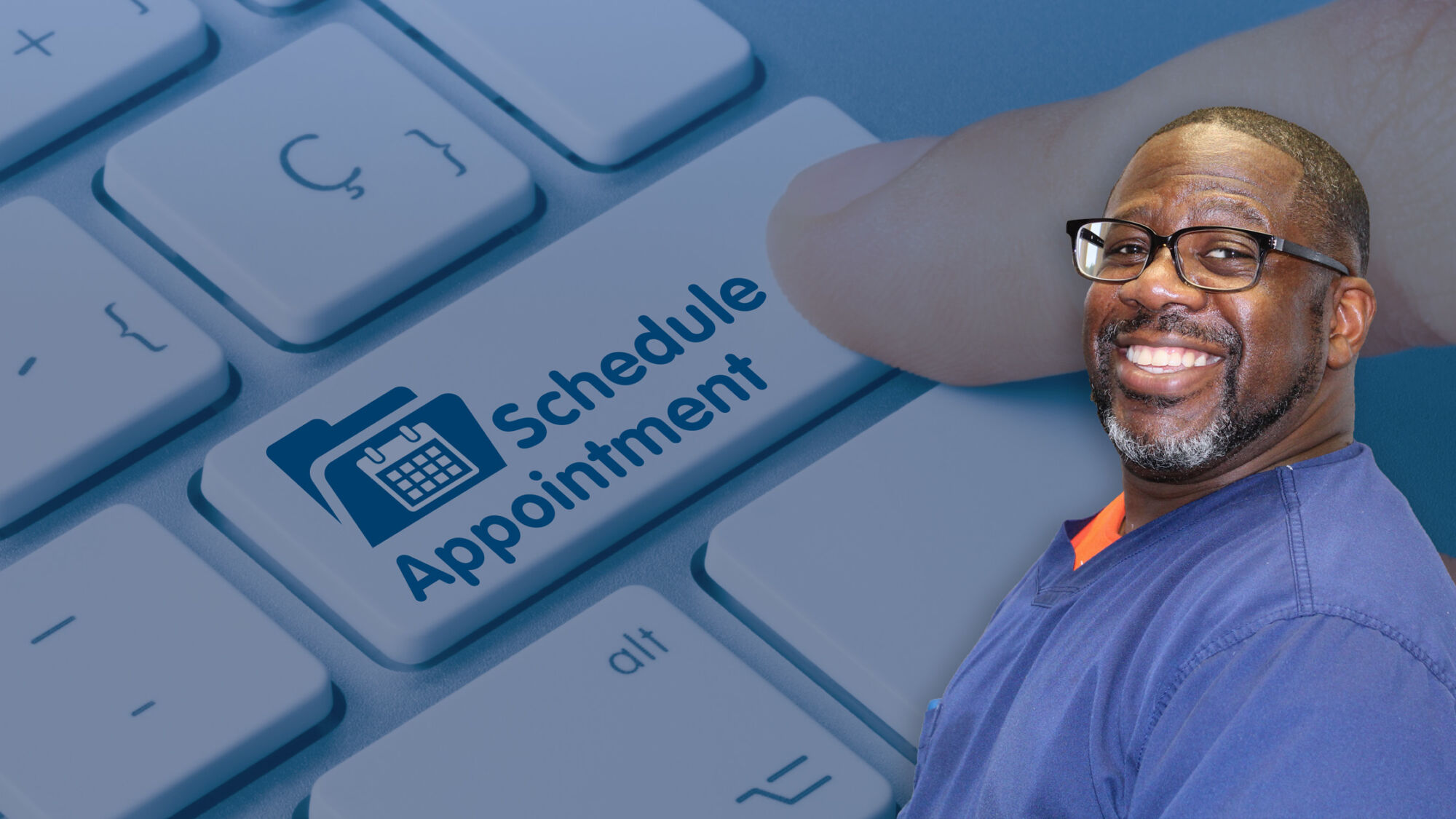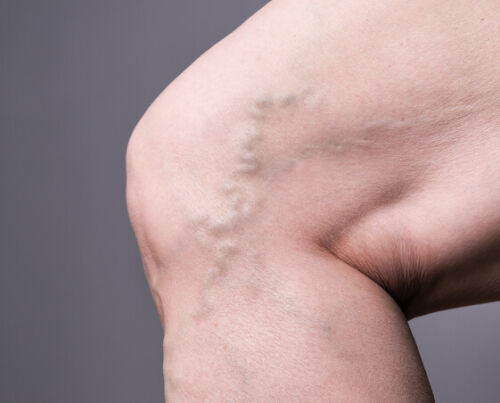

More than 40 million people in the United States experience leg aching, heaviness, itching, or embarrassment caused by varicose veins. If you are experiencing these uncomfortable symptoms, finding a highly qualified vein doctor to diagnose and treat your vein disease is probably one of the most important tasks that you can do.

Checking for deep vein thrombosis should be part of your health care routine. Learn about the signs, symptoms, and treatment options.

The COVID vaccine is now here and it's finally widely available, allowing Americans who receive it to return to some sense of normalcy without the fear of catching the virus and all of the potentially debilitating effects that come with it. And one thing that many Alaskans may choose to do after receiving the vaccine is seek any vein treatments that they've been putting off in the meantime.

Performing blood clot checks is important because, if left untreated, clots can lead to stroke, heart attack, kidney failure, and other serious problems.

Knowing how to check for varicose veins at home can save you from discomfort and dangerous complications later.

44-year-old female with pain, varicosities of both legs, symptoms of pain, heaviness, bleeding, and painful varicose veins Center for Vein Restoration Physician: Aditya Gupta, MD, RPVI, D-ABVLM

53-year-old female with bilateral lower extremity pain and swelling and a non-healing right medial ulcer for over one year Center for Vein Restoration Physician: Peter J. Pappas, MD

Chronic venous insufficiency (CVI) is the most common vascular disease in the United States, affecting more than 40 million people. CVI is a progressive, potentially serious, and complex condition that will not go away on its own. It occurs more frequently in people over age 50 than those who are younger.